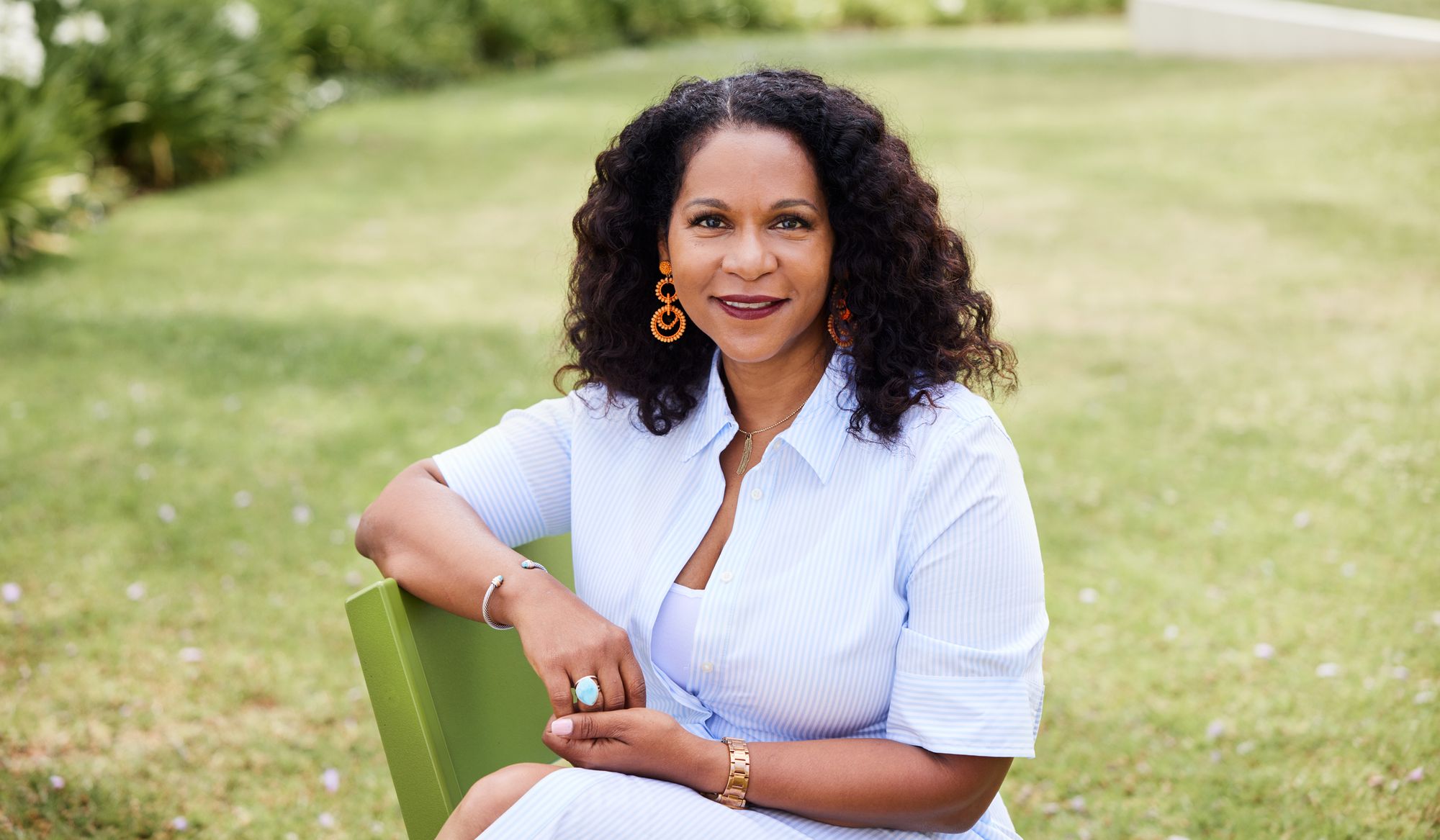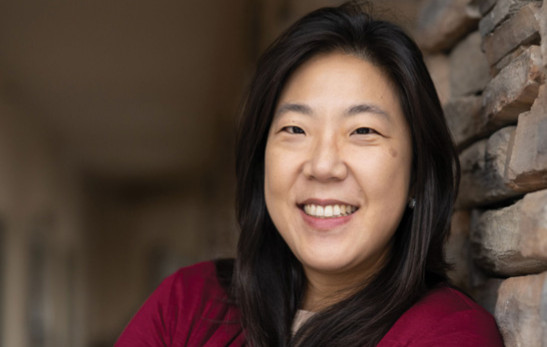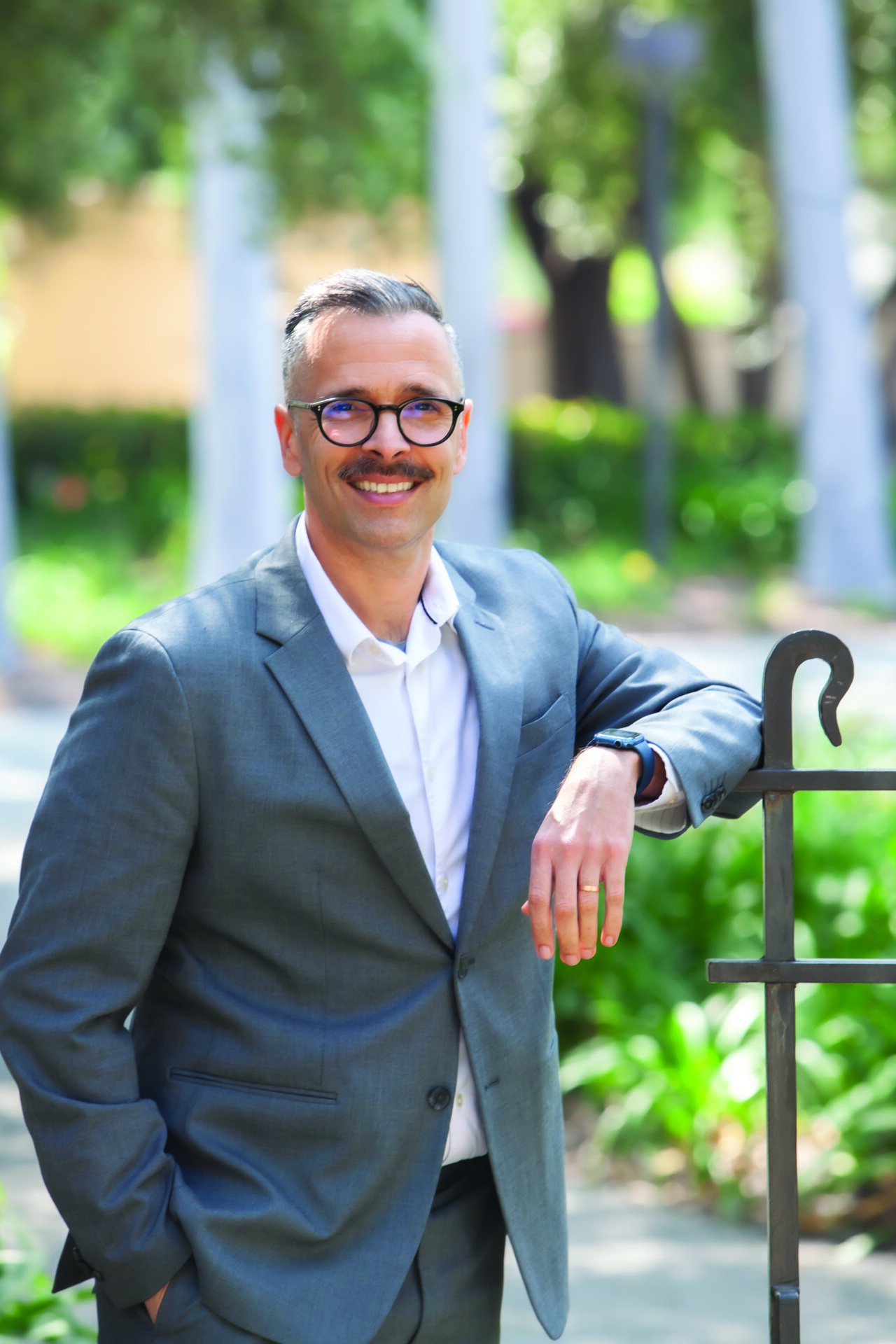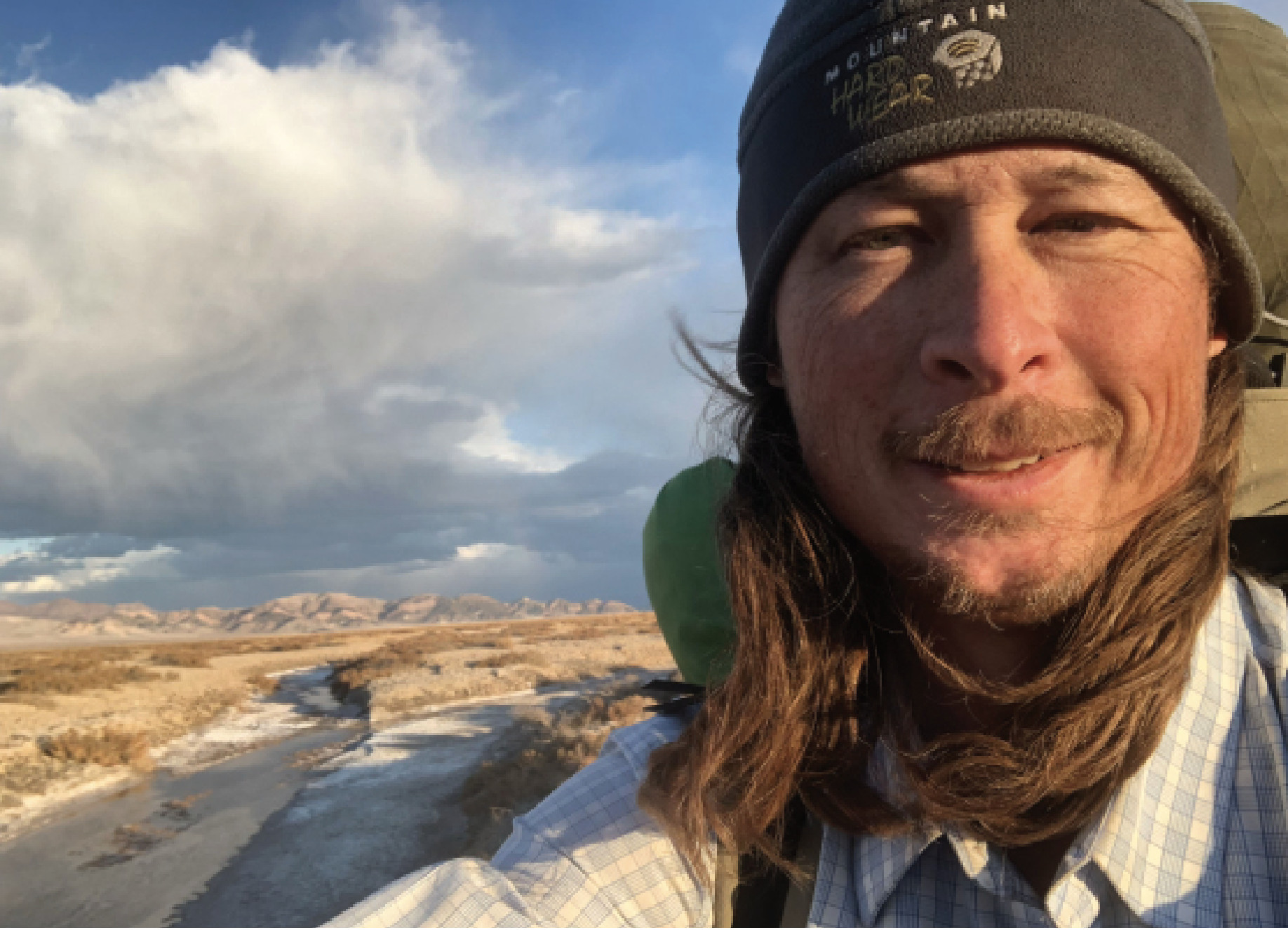The Lesson Plan {For AI}
by Maureen Harmon

Before the pandemic, there was optimism that AI-powered edtech could help find and address learning disparities that disproportionately affect lower-income students—but the remote-learning pivot was a stark reminder of the limits imposed by the digital divide.

KARINA MONTILLA EDMONDS, PHD (MS ’93, PHD ’98) says the skills necessary to succeed in the modern workforce are changing just as rapidly as technology. Part of her job as Global Head of Academies and University Alliances at software giant SAP is to explore new ways to use tech to support students and prepare them for the world that awaits. She has partnered with businesses and universities to standardize some national curricula, better develop and diversify future talent, and explore new educational models, including gaming. Edmonds spoke to Techer about where edtech has fallen short and what the pandemic taught us about how to improve the educational outcomes of everyone—no matter their background.
Most of us know the term “digital divide” to describe the gap between those who have access to digital resources, information, and learning, and those who don’t. But explain what the term means to you personally and how you carry that through your work.
Karina Montilla Edmonds: This was certainly a term that we knew before the pandemic—but it became amplified through COVID. To me, this divide is the growing gap between the underprivileged members of our society—often poor, rural, the elderly, those with physical disabilities—who have limited access to computers and the internet versus the wealthier middle class who are living in typically urban and suburban areas and have access everywhere. But it’s not just the availability of the internet and computers, it’s also the availability of things that are made possible because of those resources. When I need to buy something, I go online before I walk into a store and I find the best price. Some people are at a disadvantage in everyday transactions, like access to the best price. That is all part of the digital divide.
Prior to the pandemic, there was a lot of hope that AI could bridge the divide in education. What prompted such expectations?
KME: I was really excited to see how AI could be applied to improve engagement and create excitement for learning. I loved the fact that you could teach the same lesson with a different story to better engage the student and adapt to their learning style. Do they like sports? Data? Lessons could be built around their interests. And it offers the opportunity for more interactive learning and assessment—which frees teachers up to work more closely with students who may need additional help.
When the pandemic hit, we turned quickly to online learning, but COVID revealed that we’re further behind in being able to implement AI and other technologies to help students. How far off are we?
KME: I’ve always known how far we were from serving all students, because I am keenly aware of resource issues in marginalized communities. Even so, I was still hopeful. But the pandemic was a wake-up call to our education system. Even places with ample resources had a difficult pivot from a fully in-person environment to a fully virtual environment. And who was hit the worst? Underserved communities that had limited or nonexistent access to digital resources like WiFi and computers.
“When students ask me, ‘What should I be learning?’ I tell them: ‘Learn how to learn.’ Because whatever you learn today will change.”
— Karina Montilla Edmonds

To apply AI—at a minimum—we need people to have access to a computer. Without that, we’re missing a large portion of society in the data that influences algorithms. What’s the biggest challenge in advancing edtech?
KME: Internet access is definitely a challenge—and when we are only delivering instruction virtually, that becomes the biggest barrier. Obviously, teachers themselves were not prepared to go to this virtual environment—and I think part of the reason most teachers become teachers is for that interaction. So we need to help train teachers to use technology to enhance, not replace, those in-person interactions. But one of the biggest issues is that the digital divide is just a symptom of the economic divide. For example, many school districts did not require students to turn on their cameras during remote learning, and rightly so, because everybody was in a different situation. But that lack of face-to-face time made it difficult to assess student engagement. In addition, parents who had jobs that they could continue from home were better able to support their kids in this online environment. Others who had to continue to be physically present at their jobs weren’t able to do the same. Those people with resources could augment and supplement what they needed, where people who weren’t able to come up to speed—whether it was with resources or WiFi—continued to be hurt and fall behind. In addition, students who are hungry or face obstacles at home don’t learn as well as students with better food and health access. It opened our eyes to additional gaps beyond digital.
Can you talk a bit about the importance of the technologies you’re leveraging in partnership with universities and industries to address the digital divide?
KME: I’ve spent my career at the intersection of academia and industry, and it’s a synergistic relationship. Companies need skilled labor, and schools and universities are in the business of educating the workforce. One of the things companies are recognizing is that we need to support younger and younger students. We can no longer wait until they’re graduating from college or even high school. At SAP, we’ve partnered with Generation Unlimited through the National Science Foundation to standardize some national curricula and create workforce readiness programs that really inform and connect the private sector with future talent. The problem we’re trying to solve is how to create a skilled workforce when skills are changing at a dizzying pace. These programs teach students—with or without digital resources—how to develop critical thinking skills, logical thought processes and decision making, and how to employ creative problem-solving. For example, we can teach students how to code without computer access. When students ask me, “What should I be learning?” I tell them: “Learn how to learn.” Because whatever you learn today will change. We’re also leveraging gamification in partnership with UC Berkeley. There’s a lot of data to show that employees and students are more engaged when they play a game to learn. Through gaming, we can incentivize students by winning points or challenges. Games have been shown to motivate, excite, and drive optimal learning outcomes. On the college level, we work with the business school HEC Montreal, which developed a business simulation game in which participants manage their virtual company in a competitive market. This allows students to learn business intelligence and gain analytics skills through simulated manufacturing scenarios.
What do you think the future of education looks like 10, 20 years from now?
KME: To support students globally—students with different access points—education will become more immersive, more experimental. It will become multimodal and collaborative. We will continue to explore opportunities in artificial intelligence, virtual reality, augmented reality, and gamification—and work to address bias along the way by developing a better pipeline of future talent. I don’t think physical spaces will go away. There’s still no replacement for in-person, human-to-human interaction. I think what is going to change is the way those spaces look. Hopefully we’ll no longer have a classroom with a teacher at the front lecturing students. It will really be about coming together in a creative space where everybody is part of the learning environment—where students, with their diverse backgrounds, also become teachers. There are still so many educational resources in tech, and so much untapped potential. We now have opportunities across the globe, limited only by our time zones.
Related Articles
-

Transmission 2024
From the Board Chair of the Caltech Alumni Association
-

Meet the New Leader of Alumni Engagement
Following a national search, Mario Peraza, MEd, was named assistant vice president for alumni relations by Caltech, effective June 12,2024.
-

Miles and Miles of Mojave
Nick Van Buer, PhD (BS ’05), a geology professor at Cal Poly Pomona, trekked 530 miles across the Mojave Desert from January to March 2022 to explo...